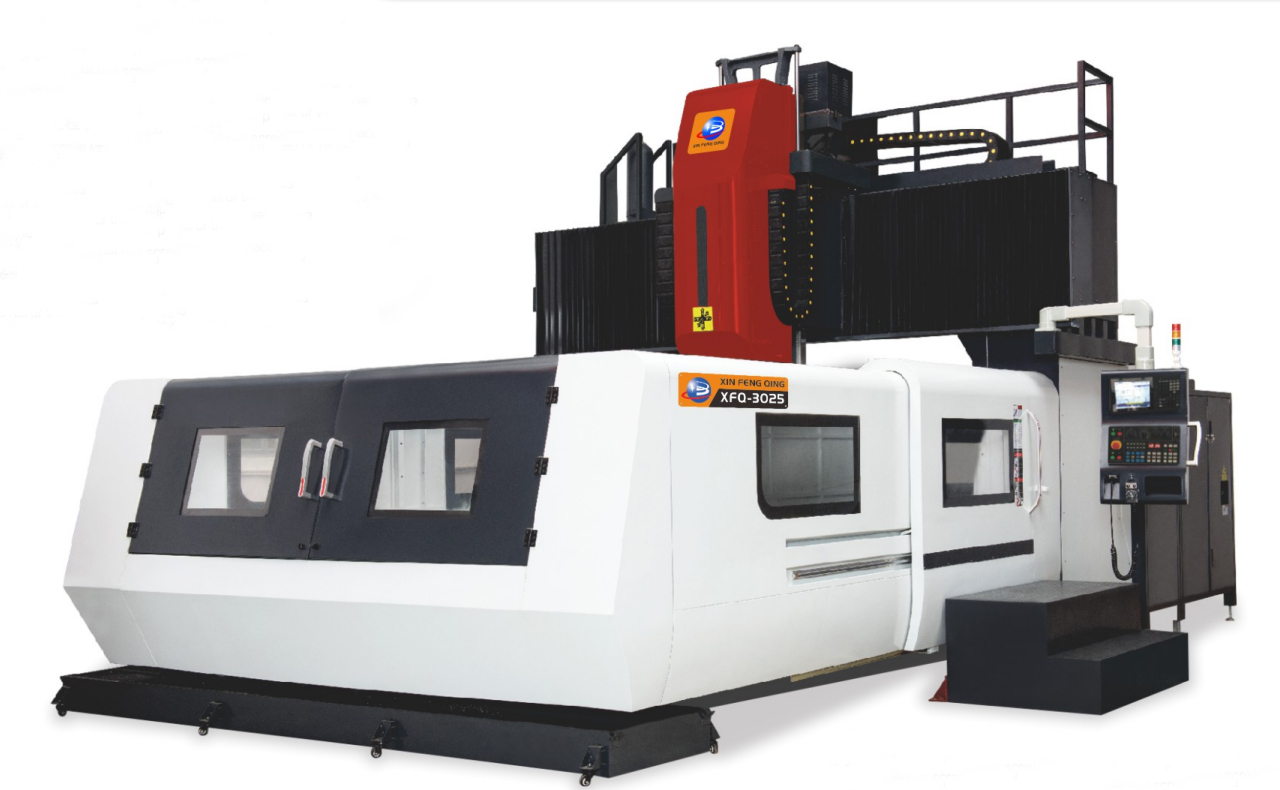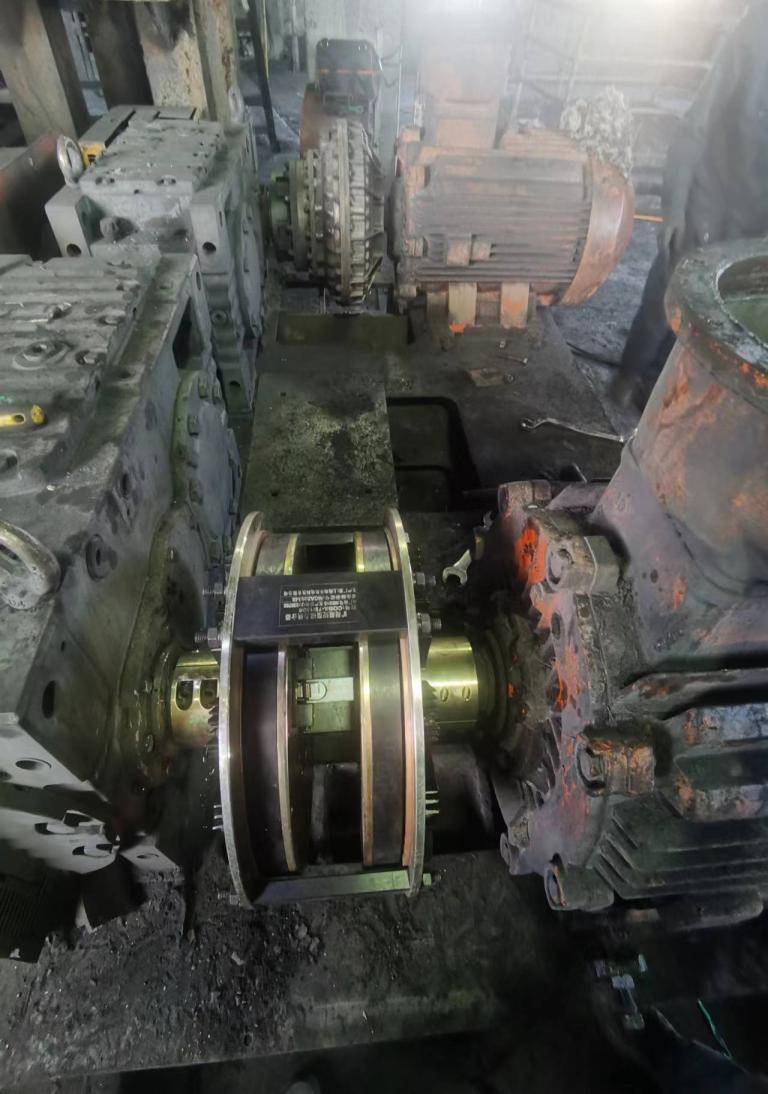Fire extinguishers are an essential safety tool in any building or facility. They provide a first line of defense against fires and can save lives and property when used correctly. To ensure their effectiveness, fire extinguishers must be properly maintained and regularly inspected. One crucial component of a fire extinguisher is the pressure gauge, which indicates the pressure level inside the extinguisher. In this blog post, Safestar will discuss how to extend the service life of UL listed fire extinguisher pressure gauge.
1. Understand the Importance of the Pressure Gauge
The pressure gauge on a fire extinguisher is a vital component that allows users to determine if the extinguisher is ready for use. It indicates the pressure level inside the extinguisher, ensuring that it is adequately pressurized to discharge the extinguishing agent effectively. Regularly checking the pressure gauge is essential to ensure the fire extinguisher is in proper working condition.
2. Follow Manufacturer Guidelines
Each fire extinguisher model comes with specific guidelines provided by the manufacturer. It is crucial to read and understand these guidelines to ensure proper maintenance and use. The manufacturer's instructions will provide information on how often the pressure gauge should be inspected and what to look for during the inspection.
3. Conduct Regular Inspections
Regular inspections are necessary to ensure that the pressure gauge is functioning correctly. Inspect the gauge for any signs of damage, such as cracks, dents, or fading of the markings. Additionally, check if the needle is pointing within the acceptable range indicated on the gauge. If the needle is not in the green zone, it may indicate a problem with the pressure level inside the extinguisher.

4. Calibrate the Gauge
Over time, the pressure gauge may become inaccurate due to wear and tear or environmental factors. It is essential to calibrate the gauge periodically to ensure accurate readings. Calibration involves comparing the gauge's readings to a known standard and making adjustments if necessary. Consult the manufacturer's guidelines or a professional fire extinguisher service provider to perform this task.
5. Protect the Gauge from Physical Damage
The pressure gauge is susceptible to physical damage, which can affect its accuracy and lifespan. Protect the gauge from impact, excessive vibration, or rough handling. Avoid placing heavy objects on top of the extinguisher or using it as a support. Additionally, ensure that the extinguisher is stored in a location where it is less likely to be bumped or knocked over.
6. Keep the Extinguisher in Suitable Conditions
Extreme temperatures and humidity levels can impact the pressure gauge's performance and lifespan. It is crucial to store the fire extinguisher in a suitable environment, away from direct sunlight, heat sources, or areas prone to moisture. High temperatures can cause the pressure inside the extinguisher to rise, leading to inaccurate readings. Similarly, excessive humidity can cause corrosion or damage to the gauge.
7. Train Employees on Proper Use
Proper training on fire extinguisher use is essential to ensure the extinguisher's longevity and effectiveness. Educate employees on how to read the pressure gauge and what the different pressure levels indicate. Encourage them to report any issues or concerns regarding the pressure gauge promptly. Regular training sessions will help employees understand the importance of maintaining the extinguishers and using them correctly.
In conclusion, the pressure gauge is a critical component of a fire extinguisher, and its proper maintenance is essential to ensure the extinguisher's effectiveness. Regular inspections, following manufacturer guidelines, and protecting the gauge from physical damage are some of the key steps to extend its service life. By taking these measures, you can ensure that your fire extinguishers are always ready for use in case of an emergency. Remember, fire safety is everyone's responsibility, and maintaining fire extinguishers is a crucial part of that responsibility.
Safestar
export@safestar.com.cn







+ There are no comments
Add yours